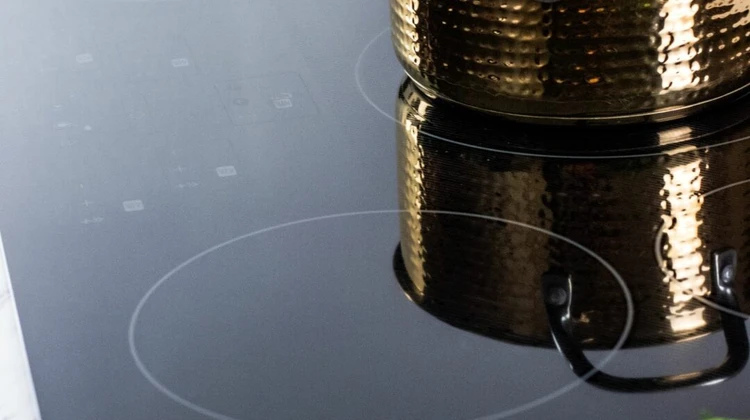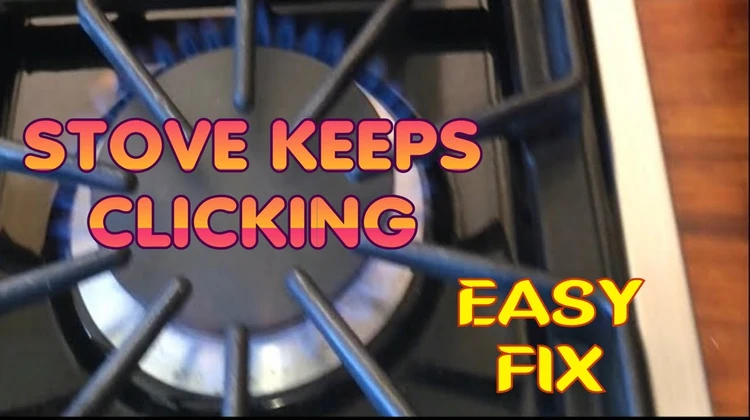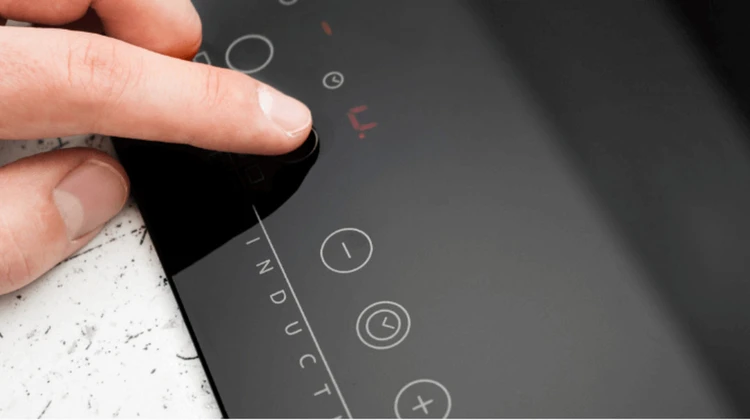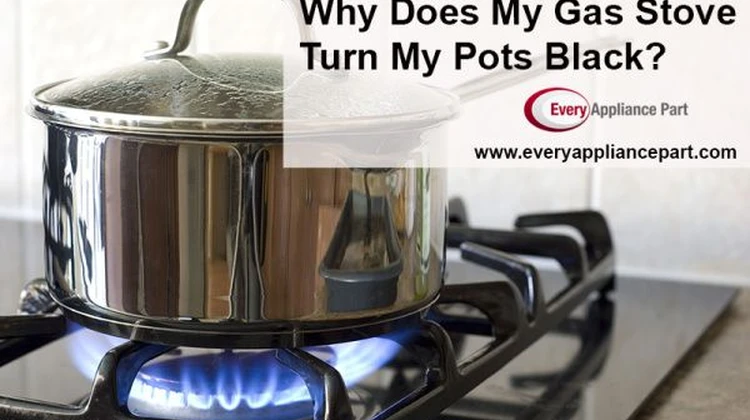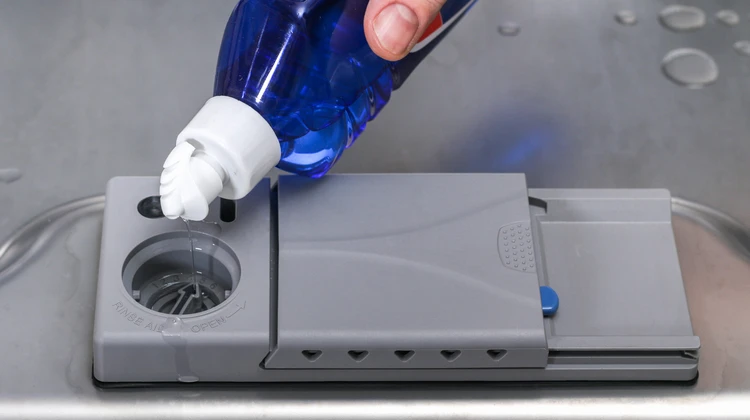The choice of cookware for induction cooktops is a crucial decision that affects both cooking performance and safety. Induction cooktops are becoming increasingly popular due to their energy efficiency and precision control. However, not all pans are compatible with this modern cooking method.
Disclaimer: As an Amazon Associate, I earn commission from qualifying purchases.
Homeowners, renters, and kitchen enthusiasts must understand the specific requirements for induction-compatible pans to maximize their cooking experience. This guide will delve into the essentials of induction cooking, the best materials for pans, and practical tips for using and maintaining your induction cooktop.
With over a decade of experience in kitchen appliances and cooking, this article aims to provide you with a comprehensive understanding of induction cooking and the pans that work best with it. By adhering to industry standards and offering a balanced view of the pros and cons, you’ll be equipped to make informed decisions. Always remember to follow manufacturer guidelines for the best results.
What Are Induction Cooktops?
Induction cooktops use electromagnetic energy to heat cookware directly, rather than heating a burner or element. This method is highly efficient because it only heats the pan, not the surrounding air. Induction cooktops are known for their rapid heating, precise temperature control, and energy savings. They are also safer than traditional gas or electric stoves because there is no open flame or hot surface, reducing the risk of burns and fires.
According to Consumer Reports, induction cooktops are up to 70% more energy-efficient than conventional electric ranges. Energy Star also highlights the environmental benefits of induction cooking, noting that it can significantly reduce energy consumption in the kitchen. While induction cooktops have many advantages, they do require specific types of cookware to function properly.
How Induction Cooktops Work
Induction cooktops operate through a magnetic field generated by an electromagnetic coil beneath the cooktop surface. When a compatible pan is placed on the cooktop, the magnetic field induces an electric current within the pan, which then generates heat. This process is known as induction heating.
To illustrate, imagine a magnetic field flowing through the cookware, creating a circuit that converts electrical energy into thermal energy. Academic studies and patents related to induction cooking, such as those by the IEEE, provide detailed scientific explanations of this process. This method ensures that heat is distributed evenly across the base of the pan, leading to more uniform cooking.
Key Features of Induction-Compatible Pans
For a pan to be induction-compatible, it must possess certain key features:
- Magnetic Properties: The pan must be made of a ferromagnetic material, such as cast iron or certain types of stainless steel, which can interact with the magnetic field.
- Flat Base: A flat base ensures optimal contact with the cooktop surface, enhancing heat transfer and efficiency.
- Heat Distribution: The pan should have good heat distribution properties to prevent hot spots and ensure even cooking.
Industry guidelines and expert opinions emphasize the importance of these features for effective induction cooking. Pans that meet these criteria often display an induction-compatible symbol or are labeled as suitable for induction cooktops.
Best Materials for Induction Cooking
Not all materials are created equal when it comes to induction cooking. Here is a comparison of the best materials for induction-compatible pans:
- Stainless Steel: Stainless steel pans with a magnetic base are a popular choice for induction cooking. They are durable, easy to clean, and offer good heat distribution. However, not all stainless steel pans are induction-compatible, so it’s important to check for magnetic properties.
- Cast Iron: Cast iron is naturally ferromagnetic and highly compatible with induction cooktops. It retains heat well and is ideal for searing and slow cooking. However, it can be heavy and requires seasoning to maintain a non-stick surface.
- Carbon Steel: Carbon steel pans are also induction-compatible and offer excellent heat conductivity. They are lighter than cast iron and can develop a non-stick surface over time. However, they require regular seasoning and can be prone to rust if not properly cared for.
Materials science journals and cooking equipment reviews provide detailed insights into the properties of these materials and their suitability for induction cooking. Each material has its own set of advantages and disadvantages, so choosing the right one depends on your cooking needs and preferences.
What Pans Can You Use on Induction Cooktops: A Comprehensive List
Here is a detailed list of pans that are induction-compatible, along with some recommended brands and models:
- Frying Pans:
- All-Clad D3 Stainless 10-Inch Fry Pan
- Lodge 10.25-Inch Cast Iron Skillet
- De Buyer Mineral B 10.2-Inch Fry Pan
- Saucepans:
- Cuisinart MultiClad Pro Stainless 2-Quart Saucepan
- Le Creuset Signature Enameled Cast-Iron 2-Quart Saucepan
- Scanpan Classic 2-Quart Saucepan
- Woks:
- Craft Wok Traditional Hand Hammered Carbon Steel Pow Wok
- Joyce Chen 22-0060 Pro Chef Excalibur Nonstick Wok
Reviews from reputable cooking websites and user testimonials highlight the quality and performance of these pans. When selecting induction-compatible pans, it’s essential to choose brands known for their durability and efficiency.
What Pans to Avoid on Induction Cooktops
Not all pans are suitable for induction cooking. Pans made from the following materials should be avoided:
- Aluminum: Aluminum pans are not magnetic and will not work on induction cooktops unless they have a magnetic base.
- Copper: Copper pans are also not magnetic and require a magnetic base to be induction-compatible.
- Glass and Ceramic: These materials are not conductive and will not work on induction cooktops.
Manufacturer warnings and industry guidelines emphasize the importance of using only induction-compatible pans to avoid damage to the cooktop and ensure optimal cooking performance. Always check the pan’s compatibility before use.
How to Test if Your Pans Are Induction-Compatible
Testing your pans for induction compatibility is simple and can be done at home using a magnet. Here’s a step-by-step guide:
- Magnet Test: Place a magnet on the base of the pan. If the magnet sticks firmly, the pan is induction-compatible. If the magnet does not stick or only weakly adheres, the pan is not suitable for induction cooking.
- DIY Techniques: Another method is to place the pan on the induction cooktop and turn it on. If the pan heats up, it is compatible. However, this method is less reliable and may not be safe for all pans.
Household tips from reliable sources recommend the magnet test as the most effective and safe method for determining induction compatibility.
Best Practices for Using Pans on Induction Cooktops
To maximize efficiency and safety when using pans on induction cooktops, follow these best practices:
- Preheating: Always preheat the pan before adding food to ensure even heating and better cooking results.
- Proper Placement: Center the pan on the cooktop to ensure optimal contact and heat transfer.
- Cleaning Techniques: Clean the cooktop and pans regularly to remove any residue that could affect performance. Use non-abrasive cleaners and avoid scratching the cooktop surface.
Cooking guides and manufacturer instructions provide practical advice on maintaining the efficiency and safety of your induction cooktop.
Induction Cooktop Maintenance and Care
Proper maintenance and care are essential for prolonging the lifespan of your induction cooktop and pans. Here are some steps to follow:
- Cleaning: Wipe the cooktop surface with a damp cloth after each use to remove any spills or residue. Use a mild detergent and avoid abrasive cleaners.
- Regular Inspection: Inspect the cooktop and pans for any signs of wear or damage. Replace any pans that show signs of warping or scratches.
- Proper Storage: Store pans properly to prevent scratches and damage. Use pan protectors or store pans separately.
Maintenance guides from appliance manufacturers offer detailed instructions on keeping your induction cooktop in optimal condition.
Environmental and Sustainability Considerations
Induction cooking offers several environmental benefits, including reduced energy consumption and lower greenhouse gas emissions. To further enhance sustainability, consider the following:
- Eco-Friendly Pans: Choose pans made from recycled materials or those with eco-friendly coatings.
- Sustainable Cooking Practices: Use energy-efficient cooking techniques, such as covering pans to retain heat and reduce cooking time.
Environmental studies and eco-friendly product reviews highlight the benefits of induction cooking and provide recommendations for sustainable practices.
Future Trends in Induction Cooking
The future of induction cooking looks promising with emerging technologies and innovations. Some potential advancements include:
- Smart Cooktops: Integration with smart home systems for automated cooking and energy management.
- Advanced Materials: Development of new pan materials that offer improved heat conductivity and durability.
- Portable Induction Cooktops: Compact and portable units for outdoor cooking and camping.
Recent industry reports and tech reviews discuss cutting-edge research and developments in induction cooking, offering a glimpse into what’s next.
Frequently Asked Questions (FAQs)
What is the difference between induction and conventional cooktops?
Induction cooktops use electromagnetic energy to heat the pan directly, while conventional cooktops use gas flames or electric heating elements. Induction cooking is more energy-efficient and offers precise temperature control compared to conventional methods.
Can all stainless steel pans be used on induction cooktops?
Not all stainless steel pans are induction-compatible. Only those with a magnetic base can be used on induction cooktops. It’s important to check for magnetic properties before using a stainless steel pan on an induction cooktop.
How do I clean my induction cooktop?
To clean your induction cooktop, wipe the surface with a damp cloth and mild detergent after each use. Avoid using abrasive cleaners or scrubbing pads that could scratch the surface. Regular cleaning helps maintain the cooktop’s performance and longevity.
Are induction cooktops more expensive to operate?
Induction cooktops are generally more energy-efficient and can lead to cost savings over time. While the initial purchase price may be higher than conventional cooktops, the long-term energy savings and precise temperature control make them a cost-effective option.
What are the safety concerns with induction cooking?
Induction cooking is generally safer than traditional methods because there is no open flame or hot surface. However, it’s important to use induction-compatible pans and follow manufacturer guidelines to avoid any risks. Always ensure the cooktop is turned off and cooled down before cleaning.
What pans are best for induction cooking?
The best pans for induction cooking are made from materials like stainless steel with a magnetic base, cast iron, and carbon steel. These materials are ferromagnetic and can interact with the magnetic field generated by the induction cooktop, ensuring efficient heating and cooking performance.
Conclusion
Choosing the right pans for your induction cooktop is crucial for optimal cooking performance and safety. By understanding the key features of induction-compatible pans and following best practices for use and maintenance, you can enhance your cooking experience and prolong the lifespan of your cookware. Embrace the benefits of induction cooking for a more efficient and sustainable kitchen.

